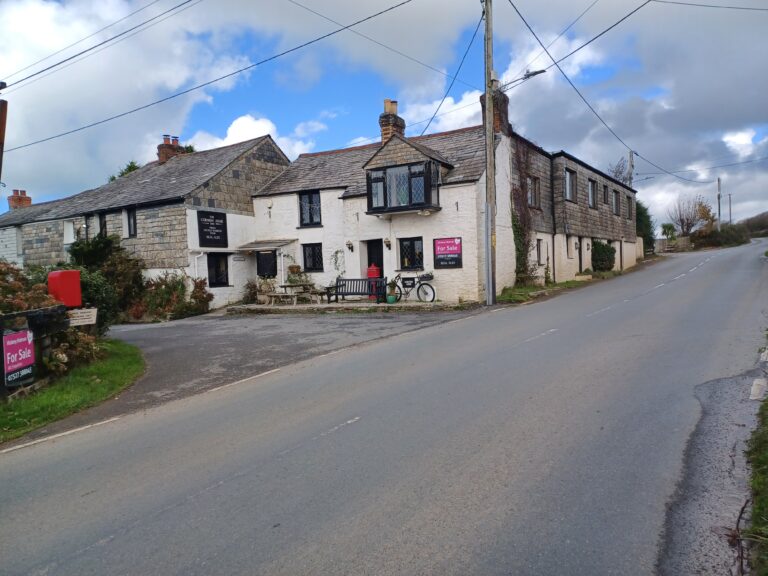Comparable Evidence in Valuation – Importance and Usage
Comparable evidence plays a crucial role in property valuation, serving as a key tool to support a valuer’s assessment of a property’s value. As defined by the Royal Institution of Chartered Surveyors (RICS), comparable evidence is “an item of information used during the valuation process as evidence to support the valuation.” In real estate, this typically involves data derived from transactions of properties that are similar or comparable to the one being valued.
Importance of Comparable Evidence in Valuation
The core principle behind the use of comparable evidence is the economic principle of substitution. This principle suggests that a purchaser would not pay more for a property than the cost of a satisfactory substitute. Buyers often rely on the prices of comparable properties when making decisions on a potential purchase. By examining the prices of similar properties, valuers can ensure accuracy in valuation for the property in question.
How It Is Used in Real Estate Valuation
When conducting a valuation, valuers use data from transactions of properties that share similar characteristics to the subject property. These may include factors such as location, size, age, and condition. However, because no two properties are identical, adjustments are often made to account for differences between them. These adjustments are critical in ensuring that the valuation is as accurate as possible. The valuer’s training and expertise are essential in making these adjustments.
Categories of Comparable Evidence (According to RICS)
The RICS divides comparable evidence into three categories:
Category A – Direct Comparables: This category includes completed transactions of properties that are near-identical or very similar to the subject property. It also covers properties that are currently for sale or being marketed, provided there is sufficient information regarding their asking prices. This category is considered the most reliable source of data in the valuation process.
Category B – Market Data: This includes broader market data such as average price indices, historical trends, supply and demand figures, and other statistical indicators. While not specific to a particular property, this information helps to build an understanding of market conditions and context for the valuation.
Category C – Other Sources: This category involves more indirect sources of information, such as data from alternative property types or locations, as well as economic indicators like base rates and stock market trends. Category C data is generally used less frequently and mainly serves as supplementary information.
The Role of the Valuer
The majority of comparable evidence used in valuations typically falls under Category A, as these direct comparables provide the most precise and relevant data. Category B evidence is often used to provide background context or validate trends, while Category C data is rare and mostly serves as a secondary reference point.
Valuation is not a straightforward process and involves a great deal of expertise. A valuer must be able to assess the quality and relevance of the comparable evidence and make the necessary adjustments based on differences between the subject property and the comparable properties.
Conclusion
Comparable evidence is the cornerstone of property valuation, and its accuracy is essential for providing reliable valuations. The ability to correctly interpret and adjust comparable evidence ensures that a valuer can deliver a fair and accurate opinion of value. If you have any valuation-related queries, feel free to contact the team at Vickery Holman for professional assistance.




